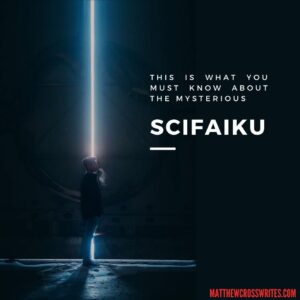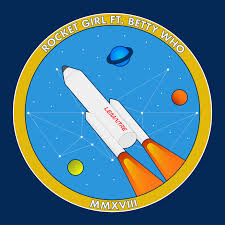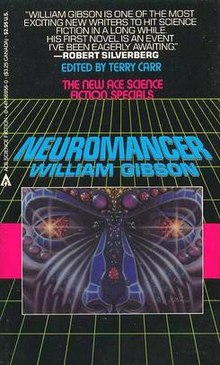
Choose your destiny! Choose your tribe!
In the wizarding world of Harry Potter, the students of Hogwarts are sorted into four houses. And, of course, the famous Sorting Hat chooses your house for you.
Young Adult books are about finding yourself. (And Middle Grade books, too!) And part of finding yourself is finding your “tribe,” the type of people you want to hang out with. The kind of people you want to become.
Let’s explore the tribes in a Sci Fi standout: Divergent.
In Divergent, by Veronica Roth, at age sixteen you must choose from one of five factions. You can choose to remain in the faction that raised you. Or you can risk joining another faction. If you fail the tests, you become one of the homeless outcasts, the factionless, a fate worse than death!

Welcome to the Choosing Ceremony
“Welcome to the Choosing Ceremony. Welcome to the day we honor the democratic philosophy of our ancestors, which tells us that every man has the right to choose his own way in this world.
. . . .
“Our dependents are now sixteen. They stand on the precipice of adulthood, and it is now up to them to decide what kind of people they will be . . . . Decades ago our ancestors realized that it was not political ideology, religious belief, race, or nationalism that is to blame for a warring world. Rather, they determined that it was the fault of human personality–of humankind’s inclination toward evil, in whatever form that is. They divided into factions that sought to eradicate those qualities they believed responsible for the world’s disarray.”
[I]t is now up to them to decide what kind of people they will be.
“Those who blamed aggression formed Amity.”
Amity
“The Amity exchange smiles. They are dressed comfortably, in red or yellow. Every time I see them, they seem kind, loving, free. But joining them has never been an option for me.”
“Those who blamed ignorance became the Erudite.”
Erudite
“And when they clear out [my brother Caleb’s] room, what will they discover? I imagine books jammed between the dresser and the wall, books under his mattress. The Erudite thirst for knowledge filling all the hidden places in his room.”
. . . .
“A long time ago, Erudite pursued knowledge and ingenuity for the sake of doing good. Now they pursue knowledge and ingenuity with greed in their hearts.”
“Those who blamed duplicity created Candor.”
Candor
“The Candor man wears a black suit with a white tie–Candor standard uniform. Their faction values honesty and sees the truth as black and white, so that is what they wear.”
“Those who blamed selfishness made Abnegation.”
Abnegation

“The houses on my street are all the same size and shape. They are made of gray cement, with few windows, in economical, no-nonsense rectangles. Their lawns are crabgrass and their mailboxes are dull metal. To some the sight might be gloomy, but to me their simplicity is comforting.
If we have little, and want for little, and we are all equal, we envy no one.
“The reason for the simplicity isn’t disdain for uniqueness, as the other factions have sometimes interpreted it. Everything–our houses, our clothes, our hairstyles–is meant to help us forget ourselves and to protect us from vanity, greed, and envy, which are just forms of selfishness. If we have little, and want for little, and we are all equal, we envy no one.
“I try to love it.”
. . . .
“I blame selfishness; I do.”
. . . .
“But I am not selfless enough. Sixteen years of trying and I am not enough.”
“And those who blamed cowardice were the Dauntless.”
Dauntless

“In front of [the school] is a large metal sculpture that the Dauntless climb after school, daring each other to go higher and higher. Last year I watched one of them fall and break her leg.”
. . . .
“At exactly 7:25, the Dauntless prove their bravery by jumping from a moving train.
“My father calls the Dauntless ‘hellions.’ They are pierced, tattooed, and black clothed. Their primary purpose is to guard the fence that surrounds our city. From what, I don’t know.”
Choose your faction!
“In the last circle are five metal bowls so large they could hold my entire body, if I curled up. Each one contains a substance that represents each faction: gray stones for Abnegation, water for Erudite, earth for Amity, lit coals for Dauntless, and glass for Candor.
I will cut into my hand and sprinkle my blood into the bowl of the faction I choose.
“When Marcus calls my name, I will walk to the center of the three circles. I will not speak. He will offer me a knife. I will cut into my hand and sprinkle my blood into the bowl of the faction I choose.”
Which faction will you choose?
Choose one of the five factions. Choose your tribe. How will you decide?
Please post your comments below.
Be stellar!
Matthew Cross

















